‘A woman’s place is in the home’ has been the subject of much debate throughout my lifetime, indeed the debate may have started as far back as the ancient Greeks when the playwright Aeschylus, in Seven Against Thebes, 467 B.C., wrote: ‘It is for the man to take care of business outside the house; let no woman make decrees in those matters. Keep inside and do no harm!’ [Etoecles line181]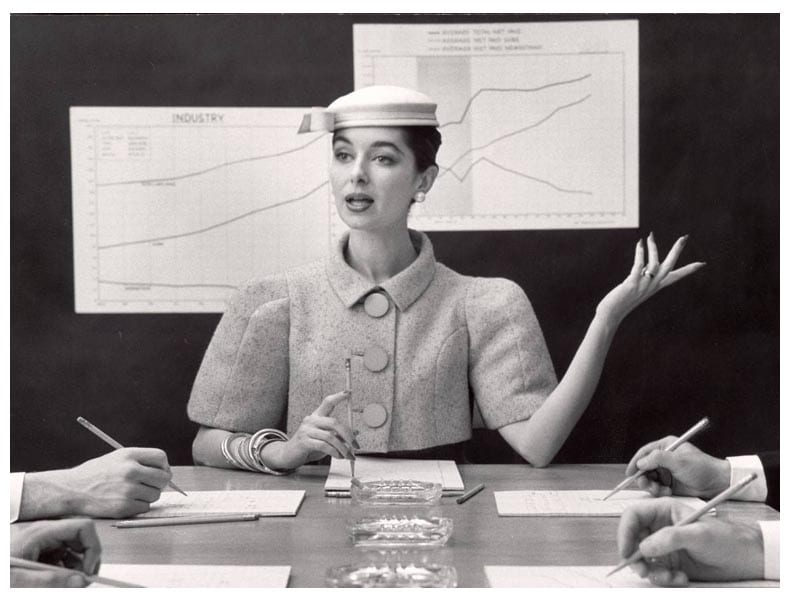
‘A Woman’s Place’
‘A Woman’s Place’ is also the title of a collection of Persephone books and I would like to share my delight in reading three of them. Each one made me think about ‘a woman’s place’; is it in the home or in the workplace? Can she decide for herself or will her father/husband decide for her? Does her place depend on economic necessity i.e. the man is happy for her to work if they need the money? Why does society vacillate?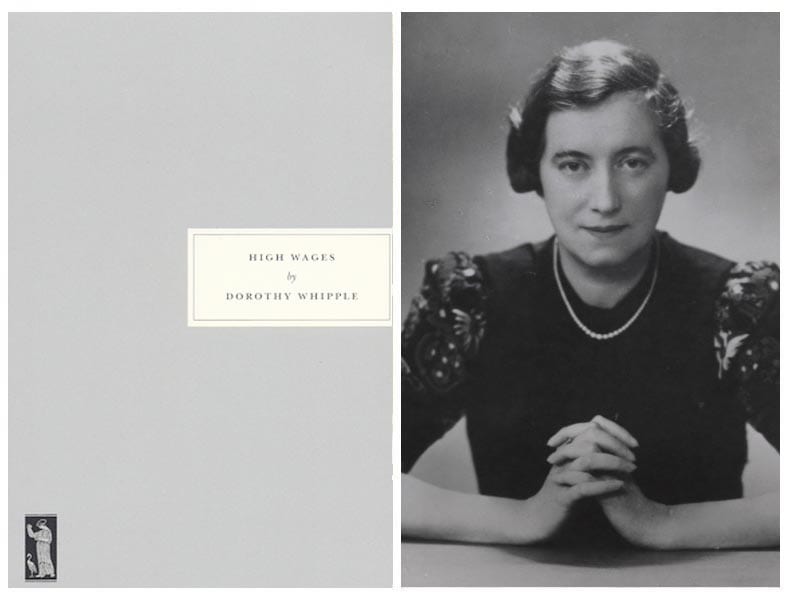
High Wages by Dorothy Whipple: The first in the series is about a working class girl who having no family support has to use her wits to survive, but instead of looking for a husband she is determined to be independent and start her own business. Her journey is inspiring; she has nothing except her own resourcefulness, willingness to learn and her own intellect. She makes mistakes and has to be careful not to overstep the mark (know her place) but she gets there in the end. I was routing for her throughout the book and was so happy when she succeeded.
Miss Buncle’s Book by DE Stevenson: The second is about a spinster in an English village, she has resigned herself to living alone on a small inheritance. When her income runs low she decides to write a book about the only thing she knows: the village where she lives. People’s names are changed but not their characters which she describes wonderfully. Unfortunately when the book is published, under the pseudonym John Smith, some of the villagers are up in arms, for example, the lady of manor is furious at the revelation that she was once a chorus girl. Others love it, and everyone wants to know who ‘John Smith’ really is. The spinster is so meek and mild that no-one suspects her (much to her relief) but under that self-effacing exterior is quite a determined woman. She had to pretend to be a man to get published and ultimately to become a successful author. A light hearted social comedy well worth a read.
In a more serious vein my third book is a totally absorbing beautifully written, insightful social history.
A Woman’s Place: 1910 – 1975 by Ruth Adam: If you lived between 1910 and 1975 you would be totally confused about what society expects of you as a woman because it kept changing its mind. In summary:
- ‘A woman’s place is in the home’: In 1910 a woman’s place was to devote herself entirely to her family.
- A woman’s place is in the factory: When the men were away at war, 1914-18, it was her moral duty to neglect the children and work in the factories.
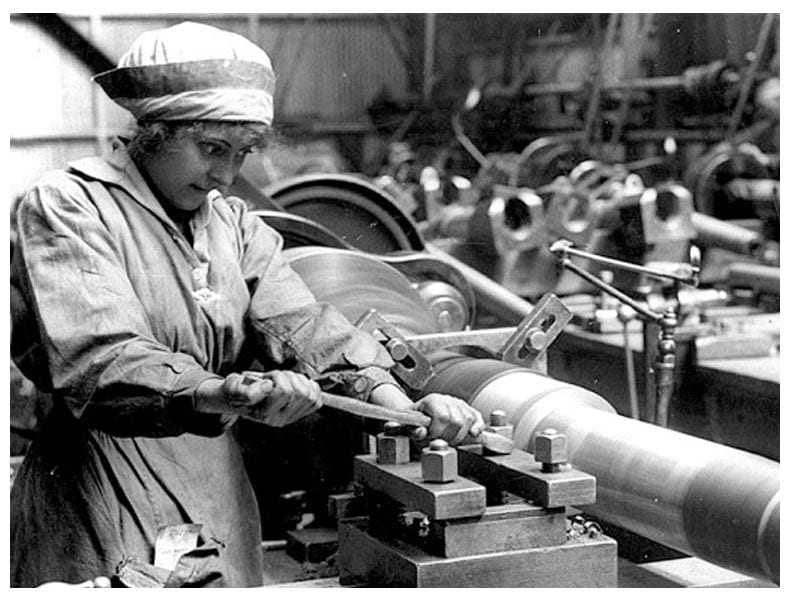
- The woman’s place is back in the home: When the men came home they claimed her job and she had to return to the kitchen sink.
- A woman’s place is in the home and at work: 1920-30 saw the ‘liberated’ woman going out to work but still looking after the family.
- A woman’s place is in the home again: In the depression years 1930-39 she was duty bound to give up her job once again to the menfolk.
- A woman’s place is in the factory again: When war broke out in 1939, she was called back to work or to join the forces.
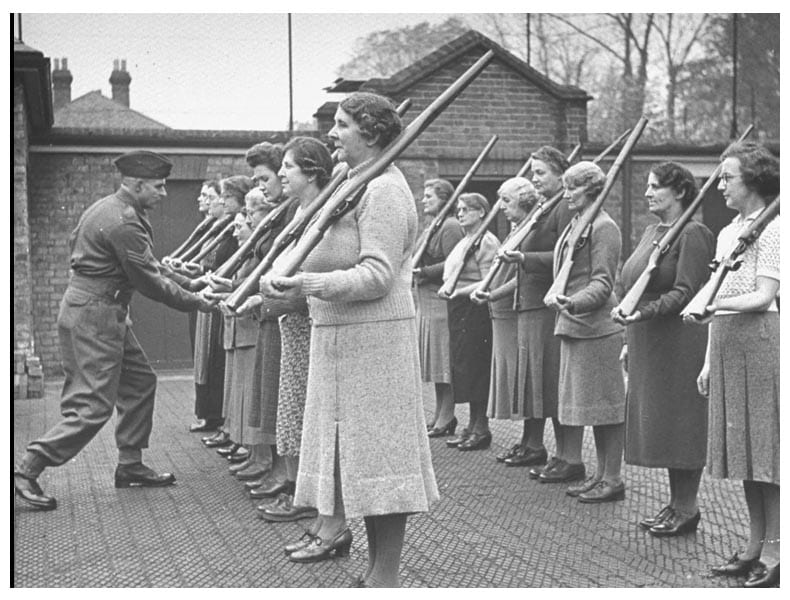
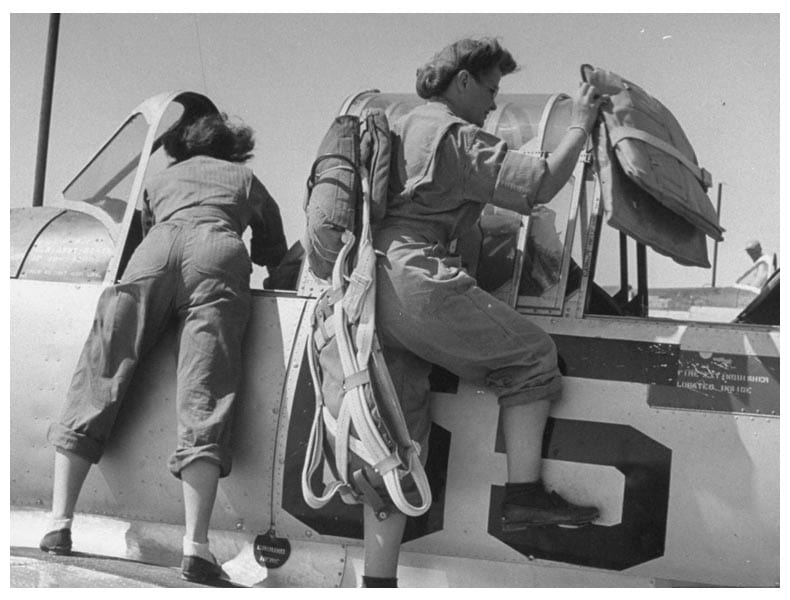
- A woman’s place is in the home again: After the war (1945) she was expected to be the homemaker once more and the model housewife.
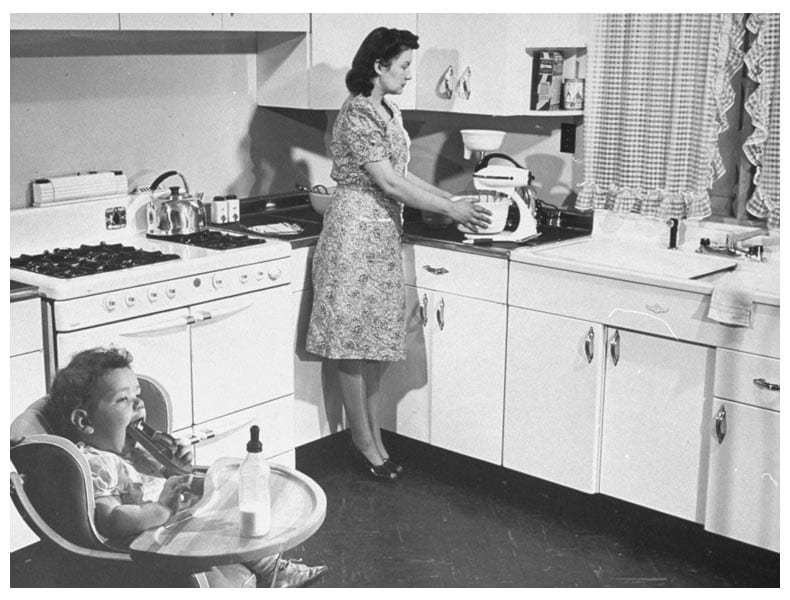
- In the home and working part-time: gradually by 1960 she was ‘accepted’ as a working wife earning ‘pin money’ but not an equal pay to the menfolk.
In this book we learn that within a 50 year period society expected a woman to stay at home in 4 separate periods of time; to go to work full-time in 2 periods and to combine working and running the home in 2 periods.
The 1960s-70s saw more equality of education and opportunity and some progress towards equal pay. Ruth Adam’s book finishes in 1975 but I would love to hear what she would have said about the next 40 years, has society moved forward? Is it still vacillating about the role of women?
This book is so well written, it carries you along effortlessly learning about ordinary women and their lives, and you feel involved as well as entertained. This is a beautiful, well researched, informative social history.
Images courtesy of LIFE Magazine + Google. You can buy your copy of the Persephone books HERE
Linda


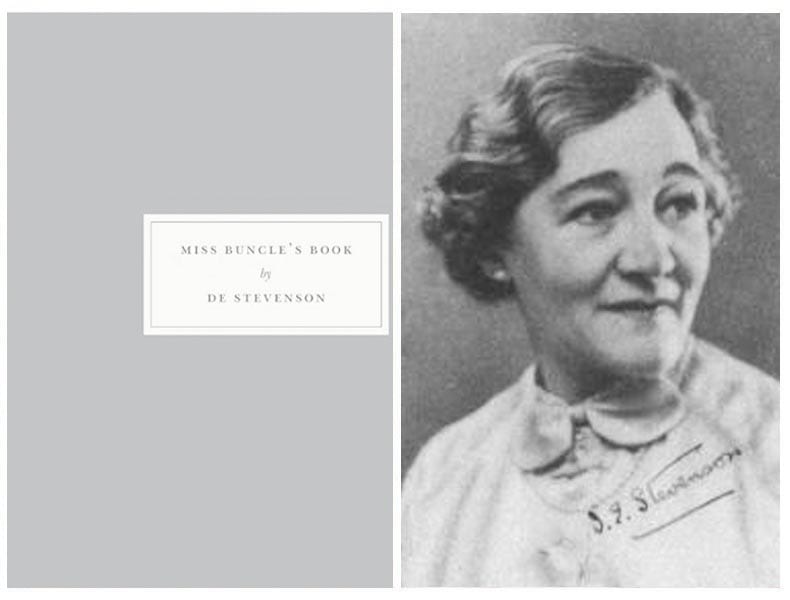



Leave a Reply